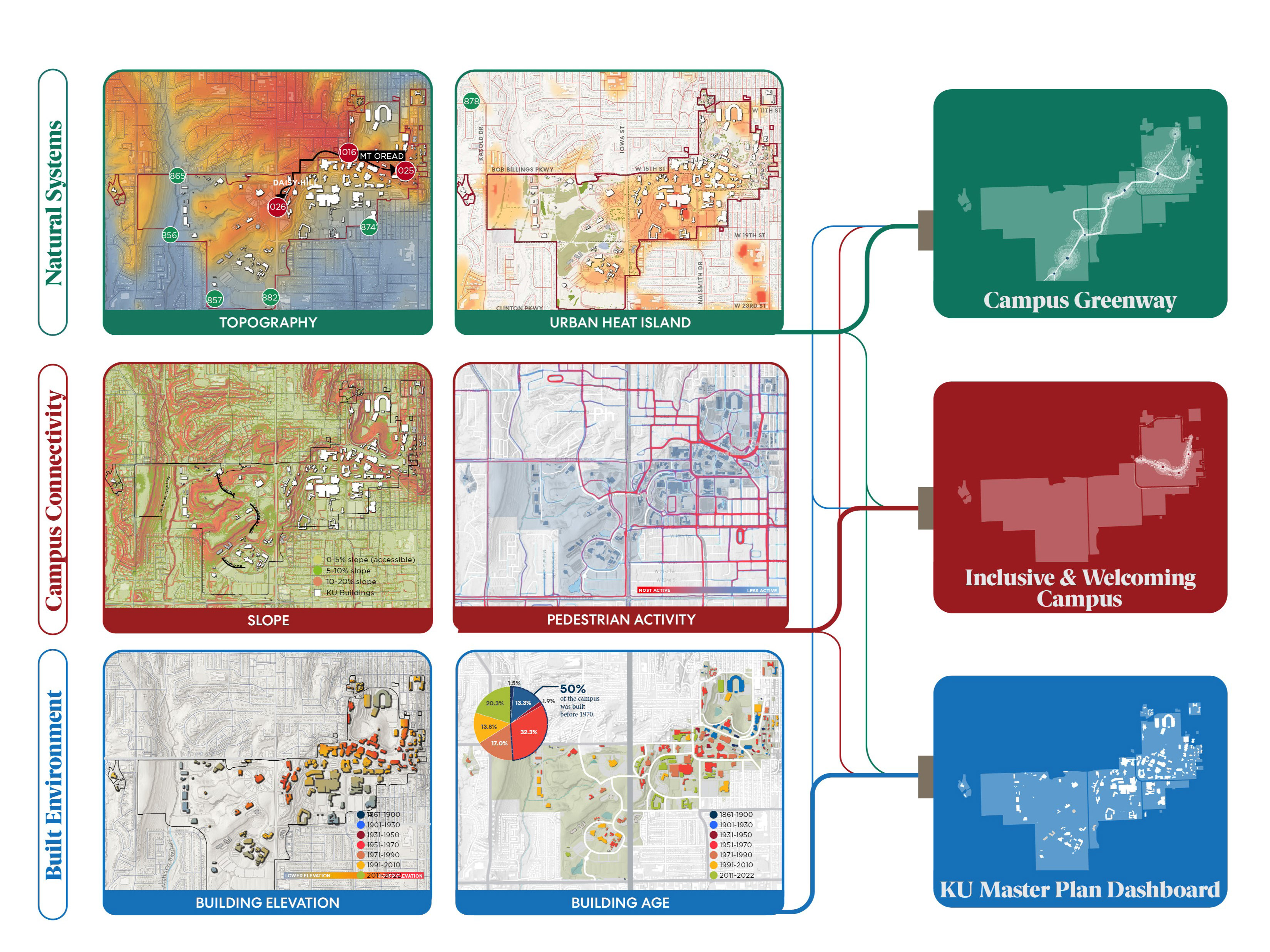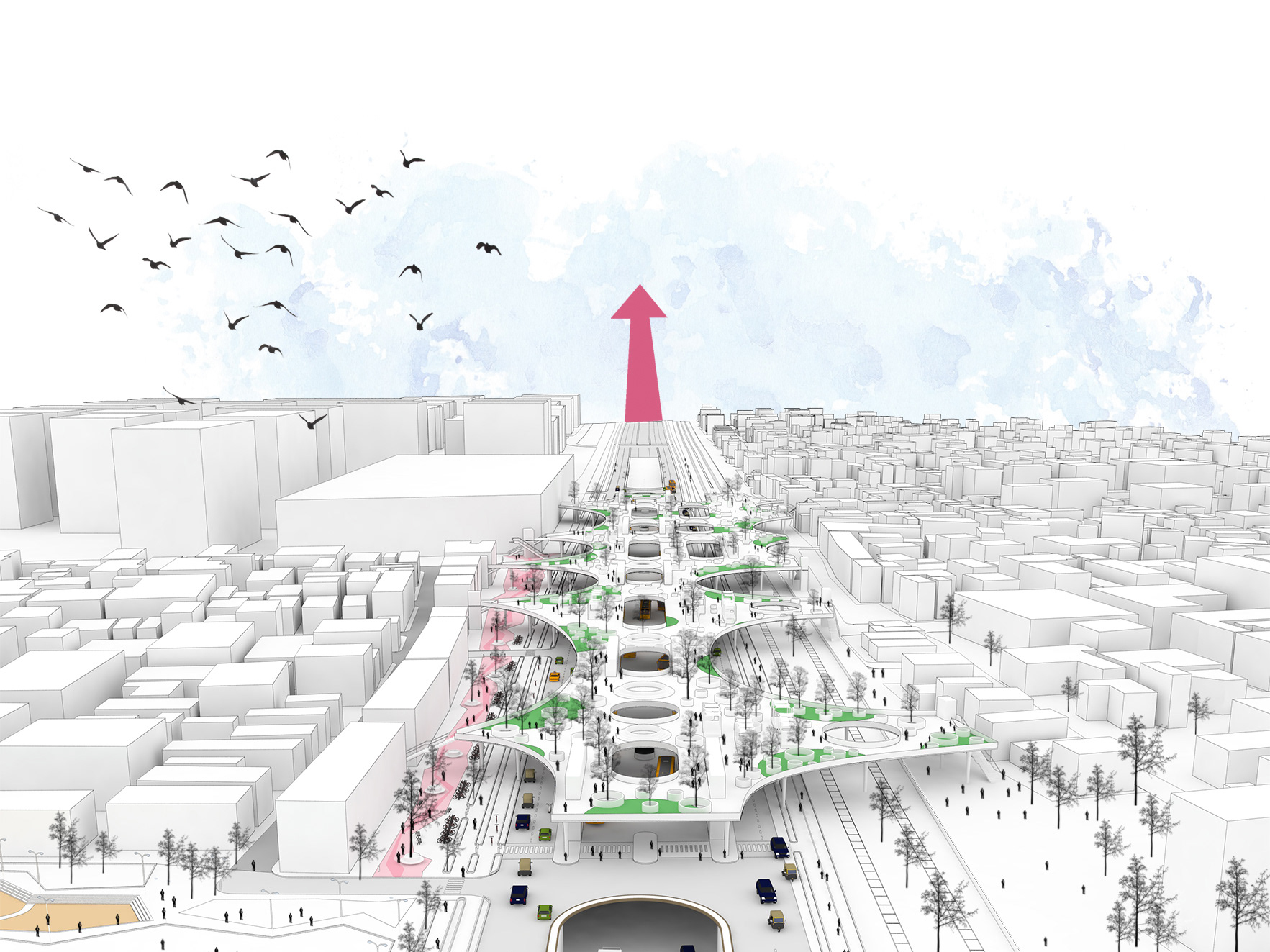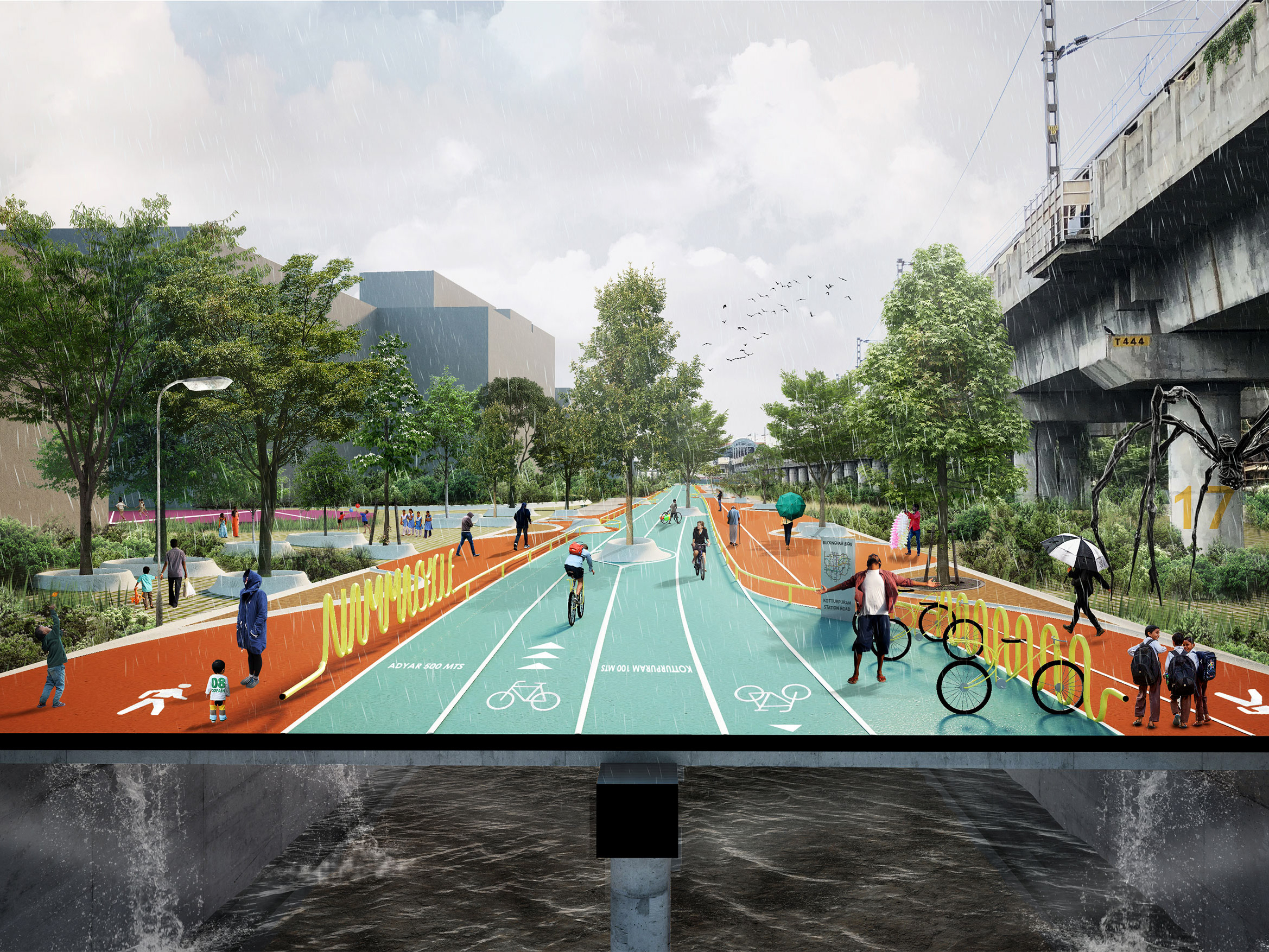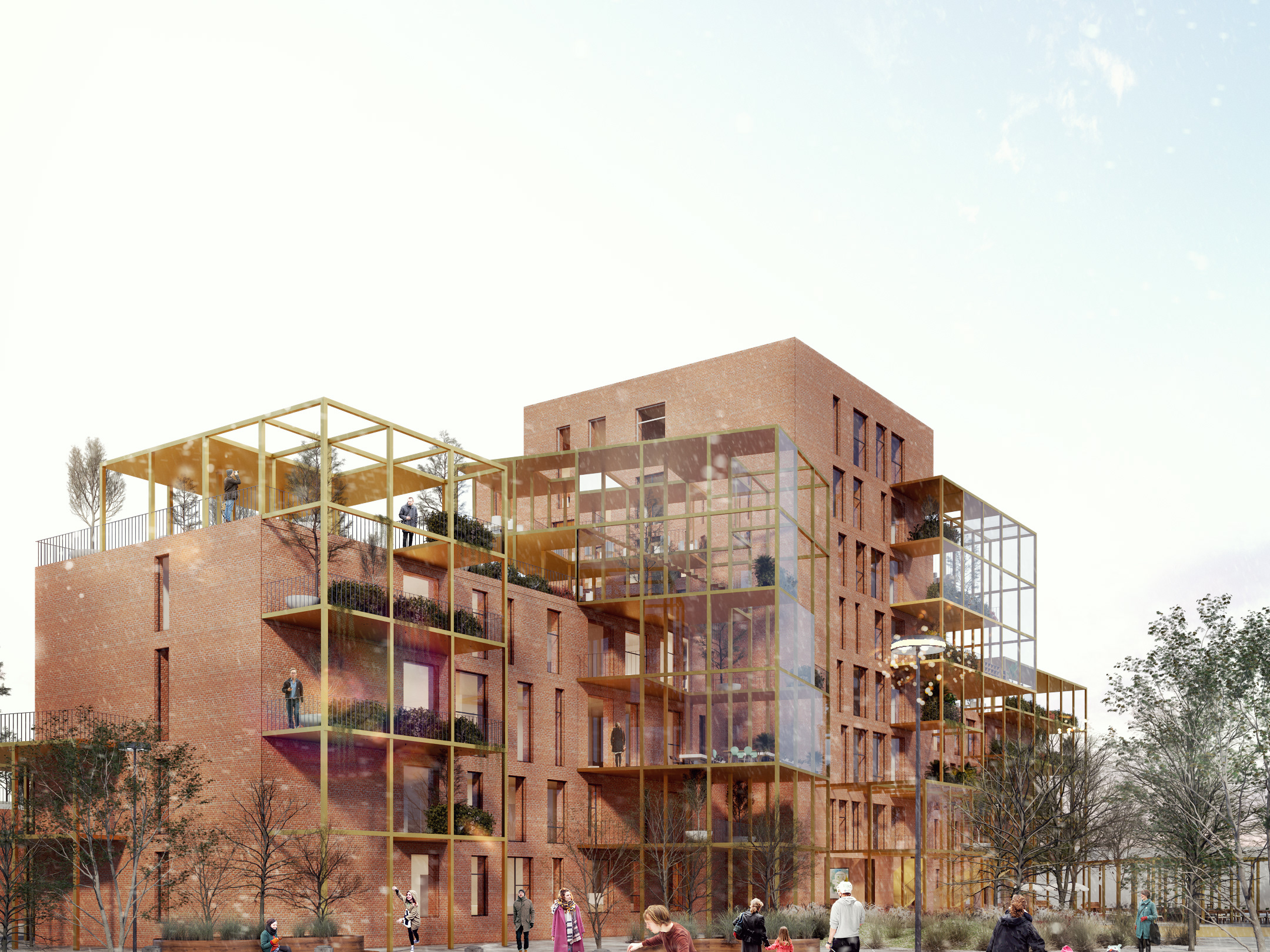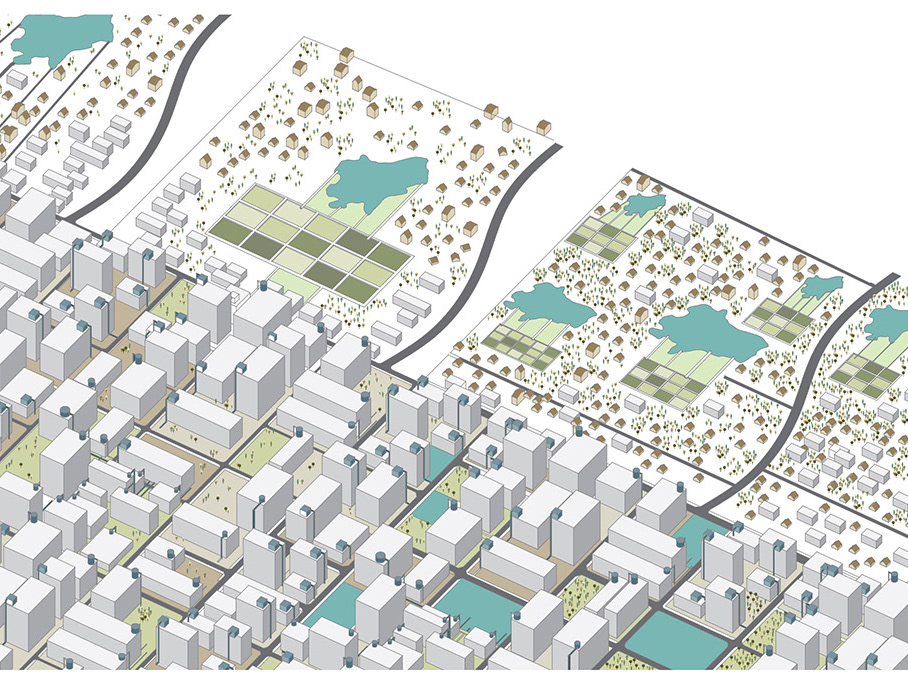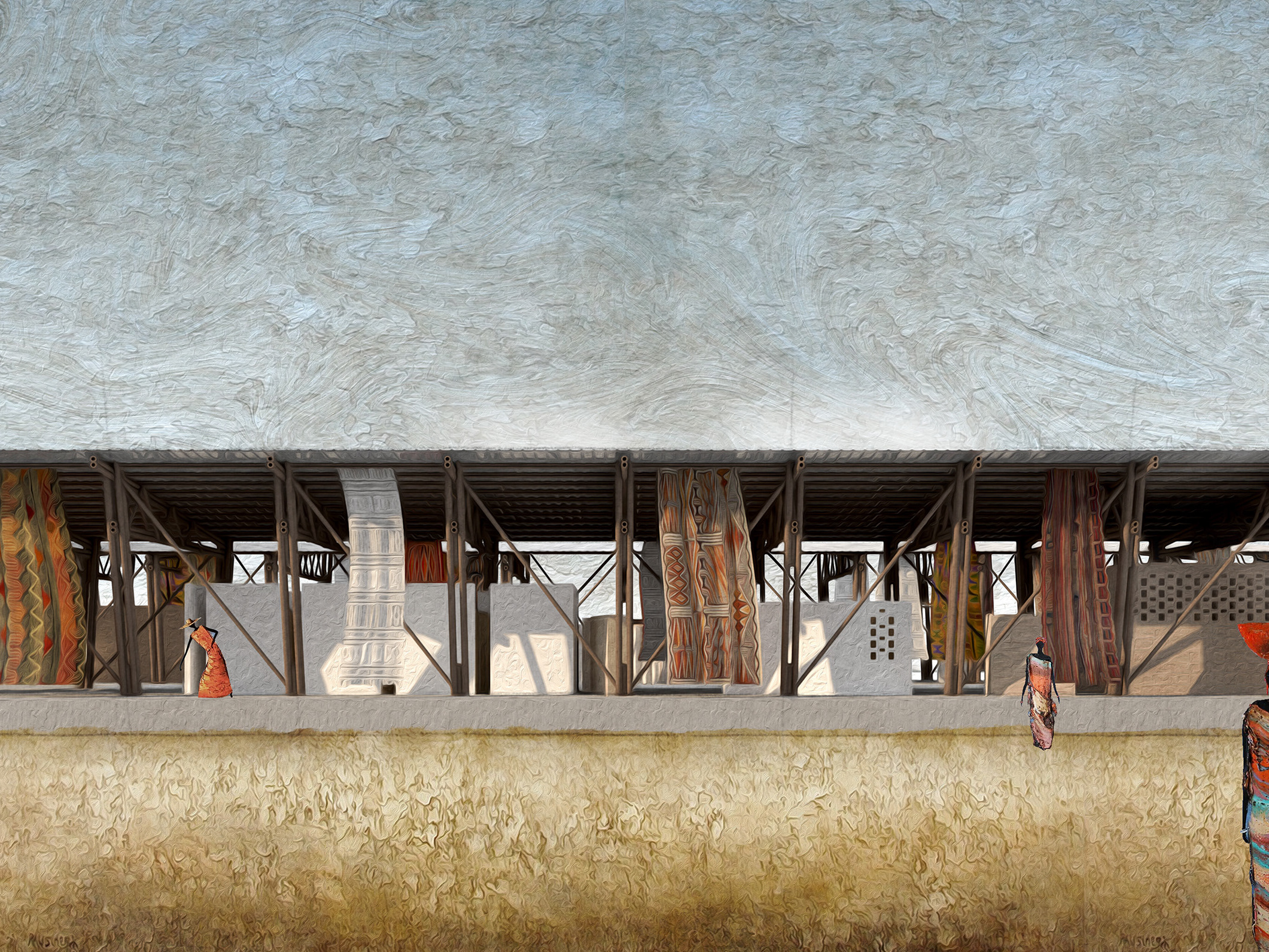Historical Transformation of Kutubdia Island
RESEARCH
PLANNING
STRATEGY
POLICY
2018 | Undergraduate Studies
Location: Kutubdia, Bangladesh
Team: Mona Vijaykumar, T.R.Radhakrishnan, Lushvin Kummar U, Nivedana S B,
How can vulnerable settlements adapt to rising sea levels while addressing the social, political, and economic complexities of climate migration?
Sea level rise is among the most critical impacts of climate change, with rising waters threatening to submerge small-island nations and coastal regions across the globe. Kutubdia Island in Bangladesh, one of the fastest-sinking islands experiencing sea-level rise of 8 mm per year, faces immediate and profound risks to its land, livelihoods, and residents.
This project examines the dual narrative of rising seas and climate migration, exploring how one phenomenon perpetuates the other. It focuses on Kutubdia Island as a case study to analyze the impacts of sea-level rise while proposing adaptive, resilient strategies to combat displacement and support communities facing imminent disaster.
The design speculates on solutions that address both environmental and human challenges, envisioning a future where settlements not only withstand natural threats but also adapt socially and economically to ensure long-term survival and dignity for their people. By examining the intersection of migration, policy barriers, and climate change, this project aims to redefine resilience for vulnerable coastal communities.
Proposed Regional Plan
Planning Strategies to Adapt and Preserve
Restoring Resilient Futures
Living In-between
